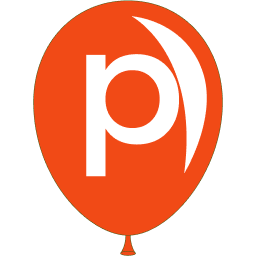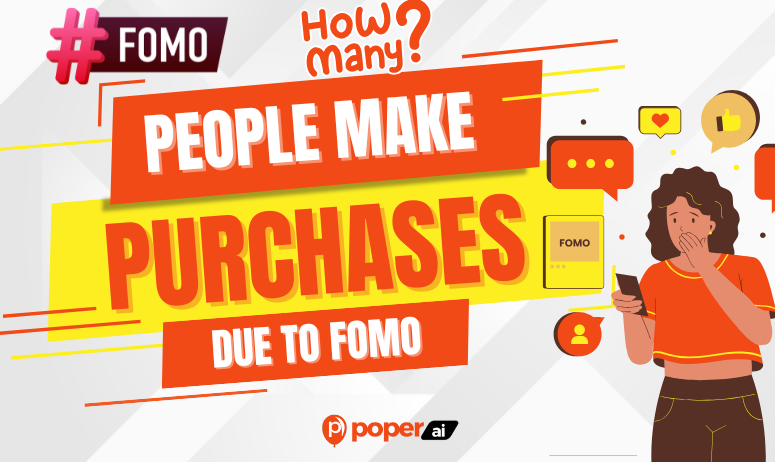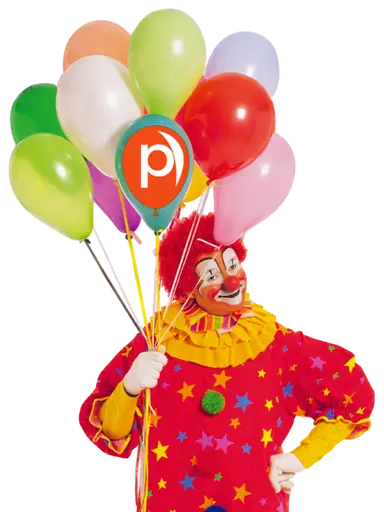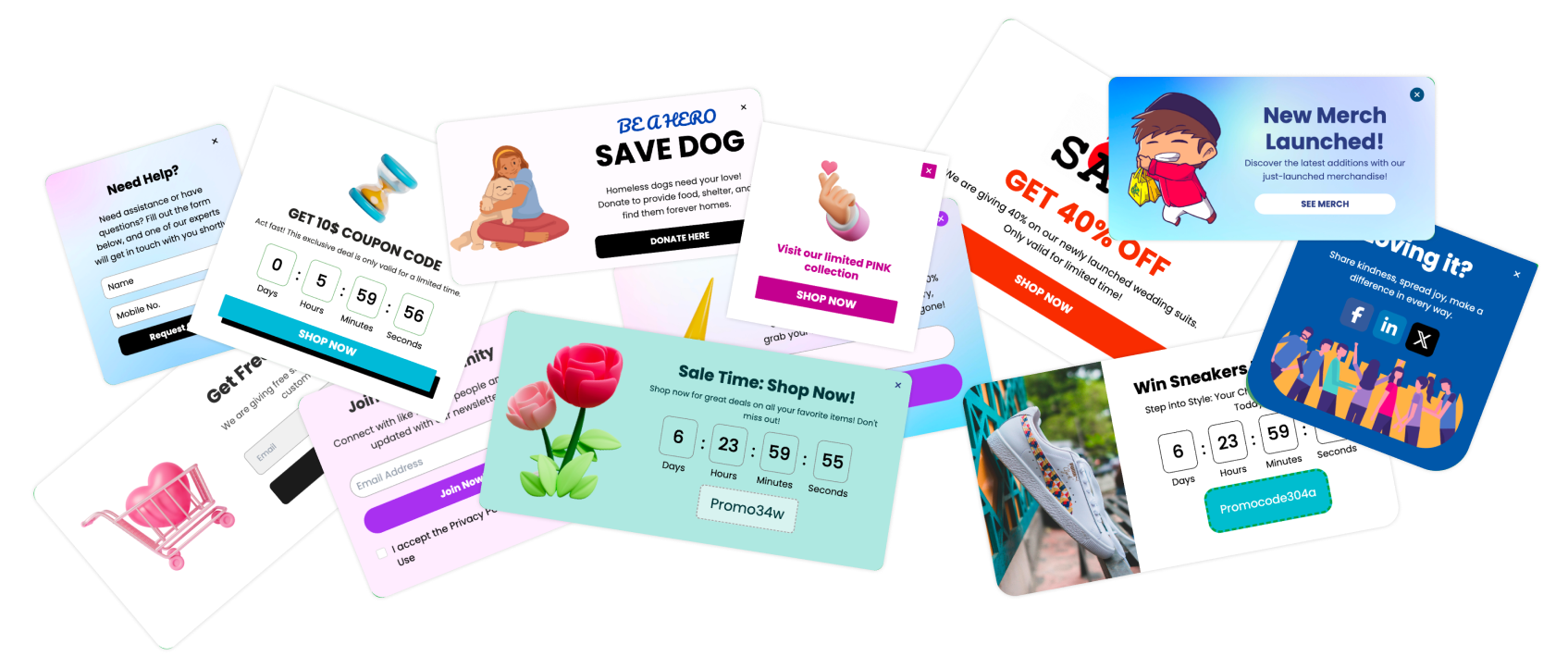People don’t buy products, they buy better versions of themselves.
Samuel Hulme
Fear of Missing Out (FOMO) is a psychological trigger that compels individuals to take action to avoid feeling left out. In the digital age, FOMO has become a dominant factor driving consumer behavior, especially in online shopping and e-commerce. Marketers leverage FOMO by creating a sense of urgency and scarcity, making customers feel that if they don't act immediately, they may miss out on an exclusive deal or opportunity.
What is FOMO and How Does It Affect Purchases?
FOMO is defined as the “pervasive apprehension that others might be having rewarding experiences from which one is absent.” In a purchasing context, this fear drives customers to make impulsive buying decisions. Studies show that 60% of millennials have admitted to making a purchase solely because they feared missing out on a limited-time offer or trending product.
Why Understanding FOMO Matters in Marketing
FOMO marketing is not just a trend — it’s a proven strategy that drives higher engagement and conversion rates. Brands that understand the psychological impact of FOMO can craft campaigns that effectively resonate with their audience.
Reasons to Leverage FOMO:
Boost Conversion Rates: Creating urgency through limited-time offers or exclusive deals encourages faster decision-making.
Enhance Customer Retention: Loyalty programs that offer exclusive rewards make customers feel valued, reducing churn.
Drive Brand Awareness: Trending products or flash sales often lead to social sharing, increasing brand visibility.
How Poper Can Help Create Effective FOMO Popups
Poper, an AI-powered onsite engagement platform, is a game-changer for creating FOMO-driven popups that capture attention and drive conversions. With dynamic widgets, countdown timers, and real-time notifications, Poper helps businesses craft highly engaging FOMO campaigns that prompt action without overwhelming users.
Benefits of Using Poper for FOMO Campaigns:
Real-Time Purchase Alerts: Showcase recent purchases to build trust.
Limited-Time Offers: Display countdown timers that create urgency.
Stock Alerts: Highlight low inventory to push faster decisions.
Understanding FOMO and Its Influence on Buying Behavior

FOMO is deeply rooted in human psychology, where the fear of missing out on valuable experiences compels individuals to take immediate action. This behavior is often magnified in digital environments where real-time updates and social comparisons dominate. Understanding the underlying triggers behind FOMO can help marketers design campaigns that resonate with their target audience.
1. Psychological Triggers Behind FOMO
✅ Social Validation and Peer Influence
Humans are inherently social creatures who seek validation from their peers. Seeing friends, influencers, or celebrities using a product or service creates a desire to follow suit. This desire is heightened when individuals perceive that others are gaining access to something exclusive.
👉 Example: When an influencer promotes a limited-edition product on Instagram, their followers are more likely to purchase it due to the perceived social validation.
✅ Loss Aversion and Scarcity
Loss aversion theory suggests that people prefer avoiding losses over acquiring equivalent gains. This psychological bias makes scarcity a powerful driver of FOMO. When customers see that a product is “almost sold out” or a “limited-time offer is ending soon,” they feel compelled to buy to avoid losing the opportunity.
👉 Example: Flash sales with countdown timers create a heightened sense of urgency, pushing buyers to complete their purchase quickly.
2. FOMO in the Digital Age
📱 Social Media and Instant Gratification
Social media platforms such as Instagram, TikTok, and Facebook have amplified FOMO by showcasing real-time updates of people’s experiences. Seeing peers enjoying new products or participating in exclusive events creates a sense of urgency to do the same.
👉 Fact: Over 40% of consumers admit that they have purchased something after seeing it on social media, driven by FOMO.
🌟 Rise of Influencer Culture
Influencer marketing plays a huge role in driving FOMO purchases. Influencers often promote products with a sense of exclusivity or urgency, making their followers feel they might miss out if they don't act quickly.
👉 Example: Limited-edition product drops promoted by influencers often sell out within hours due to the fear of missing out.
FOMO Purchase Statistics and Trends

To understand the magnitude of FOMO in consumer behavior, it’s crucial to analyze relevant data and trends. FOMO-induced purchases are becoming increasingly common, especially in digital environments where scarcity and urgency tactics are frequently employed. Here’s a closer look at the statistics and trends driving FOMO purchases.
1. 📊 What Percentage of Consumers Buy Due to FOMO?
✅ Global Data on FOMO-Induced Purchases
Surveys reveal that a significant percentage of consumers make impulsive purchases due to FOMO.
60% of millennials admit they’ve made a purchase driven by FOMO, especially for experiences such as events, travel, or exclusive products.
Around 56% of social media users report making a purchase after seeing friends or influencers promoting a product.
| Age Group | Percentage Influenced by FOMO |
|---|---|
| Millennials | 60% |
| Gen Z | 50% |
| Gen X | 40% |
| Baby Boomers | 20% |
👉 Insight: Millennials and Gen Z are more susceptible to FOMO, making them prime targets for FOMO-driven marketing campaigns.
✅ Age and Demographic Variations
Different demographics exhibit varied responses to FOMO triggers. Younger generations (Millennials and Gen Z) are more likely to make impulse purchases, often driven by the fear of missing out on trending products. On the other hand, older consumers tend to respond more cautiously to FOMO-based marketing, preferring detailed research before making a purchase.
2. 🛒 Online Shopping and FOMO Trends
🕒 Impact on E-commerce and Subscriptions
FOMO is particularly effective in the e-commerce space, where online retailers use tactics like countdown timers, stock alerts, and exclusive deals to drive conversions. Poper’s dynamic FOMO popups can seamlessly integrate these strategies, encouraging users to act before missing out.
👉 Stat: Over 45% of online shoppers abandon their carts but return to complete the purchase when reminded of low stock or limited-time offers.
⏳ Effectiveness of Countdown Timers and Stock Alerts
Countdown timers and real-time stock notifications are highly effective at leveraging FOMO to increase sales. Poper offers tools that allow e-commerce brands to create these high-converting popups with minimal effort.
| FOMO Strategy | Conversion Rate Increase |
|---|---|
| Countdown Timers | 32% |
| Low Stock Alerts | 28% |
| Exclusive Offers | 35% |
Marketing Strategies Leveraging FOMO
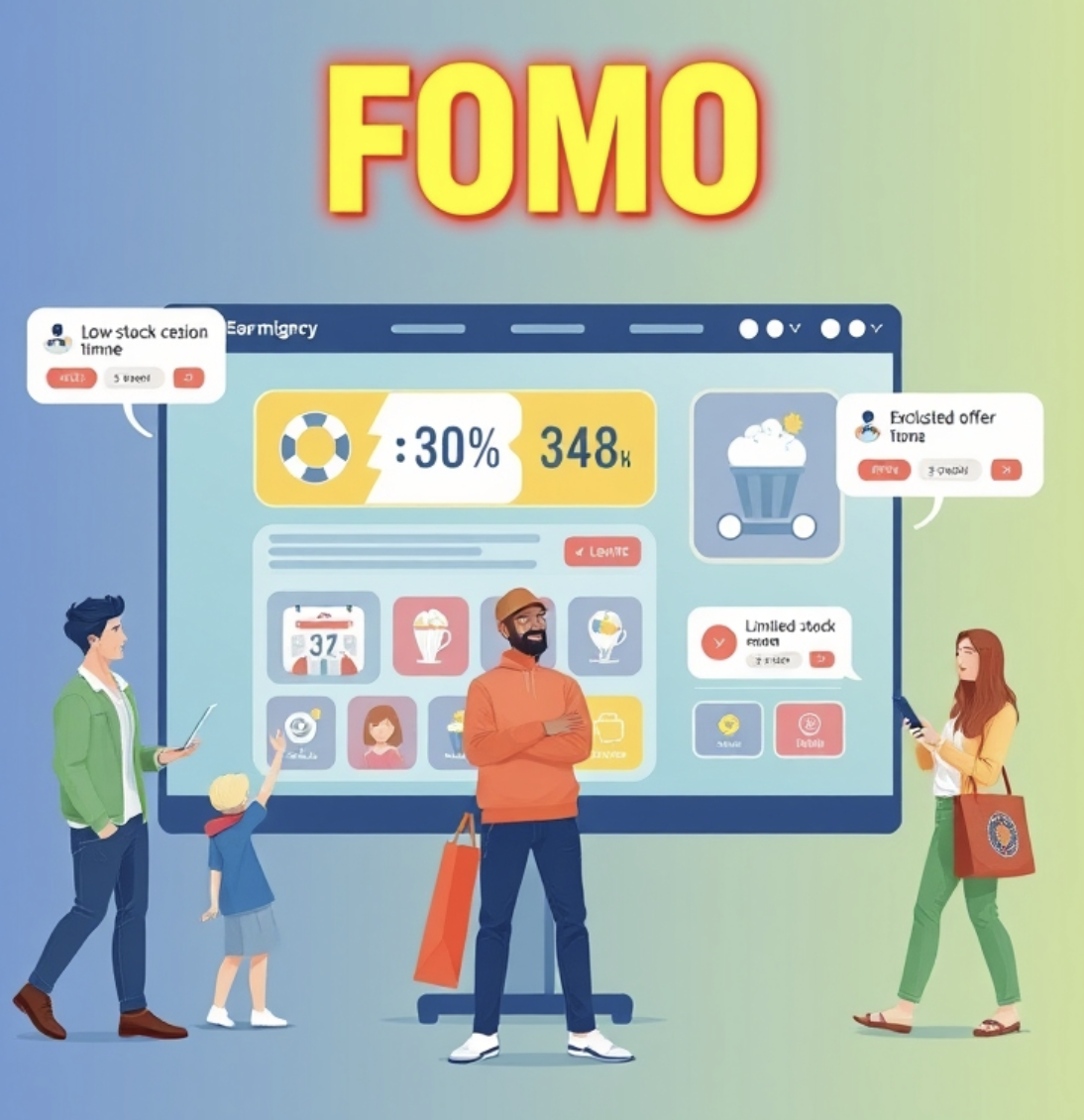
To maximize conversions and boost sales, brands strategically leverage FOMO through various marketing tactics. By creating a sense of urgency, scarcity, and social proof, businesses can drive immediate action from their target audience. Below are some of the most effective FOMO strategies and how Poper can play a key role in implementing them effectively.
1. ⏳ Creating Urgency and Scarcity
⚡️ Examples of Limited-Time Offers
Limited-time deals and exclusive offers create a psychological pressure that drives consumers to act quickly. Scarcity and urgency appeal to the loss aversion instinct, compelling users to purchase before the offer expires.
✅ Common Tactics Include:
Flash Sales: Offering discounts for a limited period (e.g., 24-hour sales).
Exclusive Pre-Order Access: Allowing early access to limited-edition products.
Cart Expiration Warnings: Reminding users that their selected items will not remain reserved indefinitely.
👉 Example: Amazon’s “Lightning Deals” successfully employ this tactic by offering steep discounts for a limited duration, prompting buyers to act fast.
🛠️ Using Poper to Design High-Impact FOMO Popups
Poper enables brands to create customized FOMO popups that effectively communicate urgency and scarcity.
🔥 FOMO Popup Ideas with Poper:
Countdown timers for flash sales.
Low-stock notifications (“Only 3 items left!”).
Last-minute deal reminders to reduce cart abandonment.
Poper’s real-time analytics allow brands to track user engagement and optimize their FOMO popups for maximum conversions.
| FOMO Popup Type | Engagement Rate Increase |
|---|---|
| Countdown Timers | 32% |
| Low Stock Alerts | 28% |
| Exclusive Offer Reminders | 35% |
2. 👥 Social Proof and Real-Time Purchase Notifications
📝 Building Trust Through User Activity
Displaying real-time notifications of recent purchases or sign-ups taps into the concept of social proof, where people are more likely to follow the actions of others. Seeing that others are buying the same product builds trust and encourages immediate action.
✅ Popular Strategies Include:
“Someone from New York just purchased this item.”
“50 people are currently viewing this product.”
“Join 1,000+ happy customers!”
🎨 Personalizing FOMO Campaigns with Poper
Poper makes it easy to personalize FOMO campaigns by dynamically displaying real-time user activity or recent purchases. This enhances the relevance of the popups, leading to higher conversions.
👉 Pro Tip: Use geo-targeted and behavior-based FOMO popups with Poper to increase personalization and improve results.
Case Studies: Successful Use of FOMO
Real-world examples demonstrate how effectively implemented FOMO strategies can drive remarkable results. From e-commerce giants to SaaS platforms, businesses leverage urgency, scarcity, and social proof to boost conversions and customer engagement. Below are some notable case studies showcasing the success of FOMO-driven campaigns.
1. 🛒 E-Commerce Success Stories
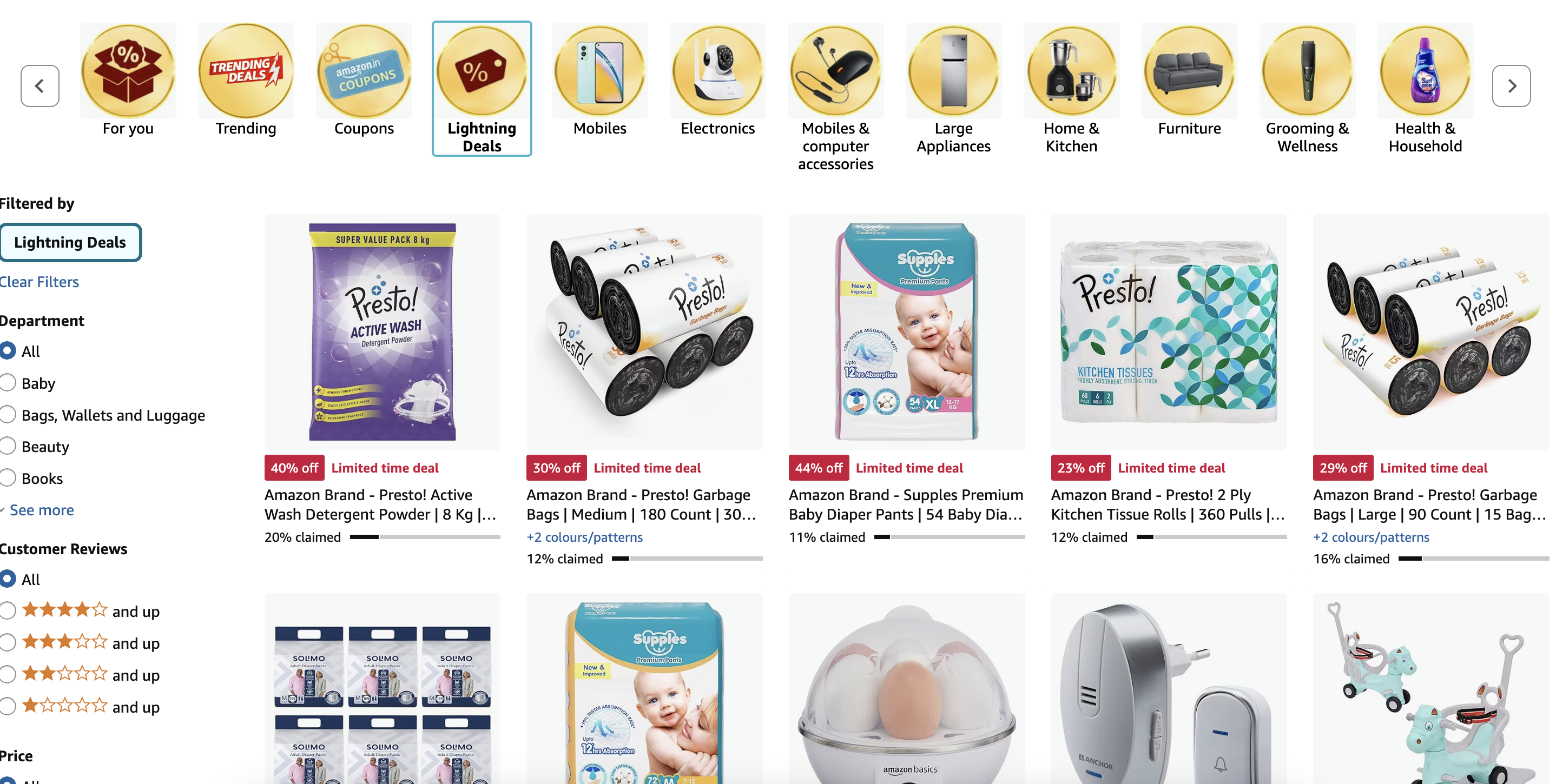
⚡️ Amazon’s Lightning Deals
Amazon, the world’s largest online marketplace, is renowned for its use of Lightning Deals, which offer limited-time discounts on popular items.
👉 How It Works:
Deals are available for only a few hours or until stock runs out.
A countdown timer and percentage of claimed deals create urgency.
Notifications alert users when a deal is about to end or sell out.
💡 Result: Lightning Deals consistently lead to a 40% boost in conversions during major sales events like Prime Day and Black Friday.
⏳ Zara’s Limited Stock Strategy
Zara thrives on the principle of limited availability. By producing smaller batches of clothing and updating inventory frequently, Zara triggers a “buy now or miss out” mentality among shoppers.
💡 Result: This strategy drives a sense of exclusivity and scarcity, resulting in faster inventory turnover and increased brand loyalty.
2. 💻 SaaS and Subscription Model Success Stories
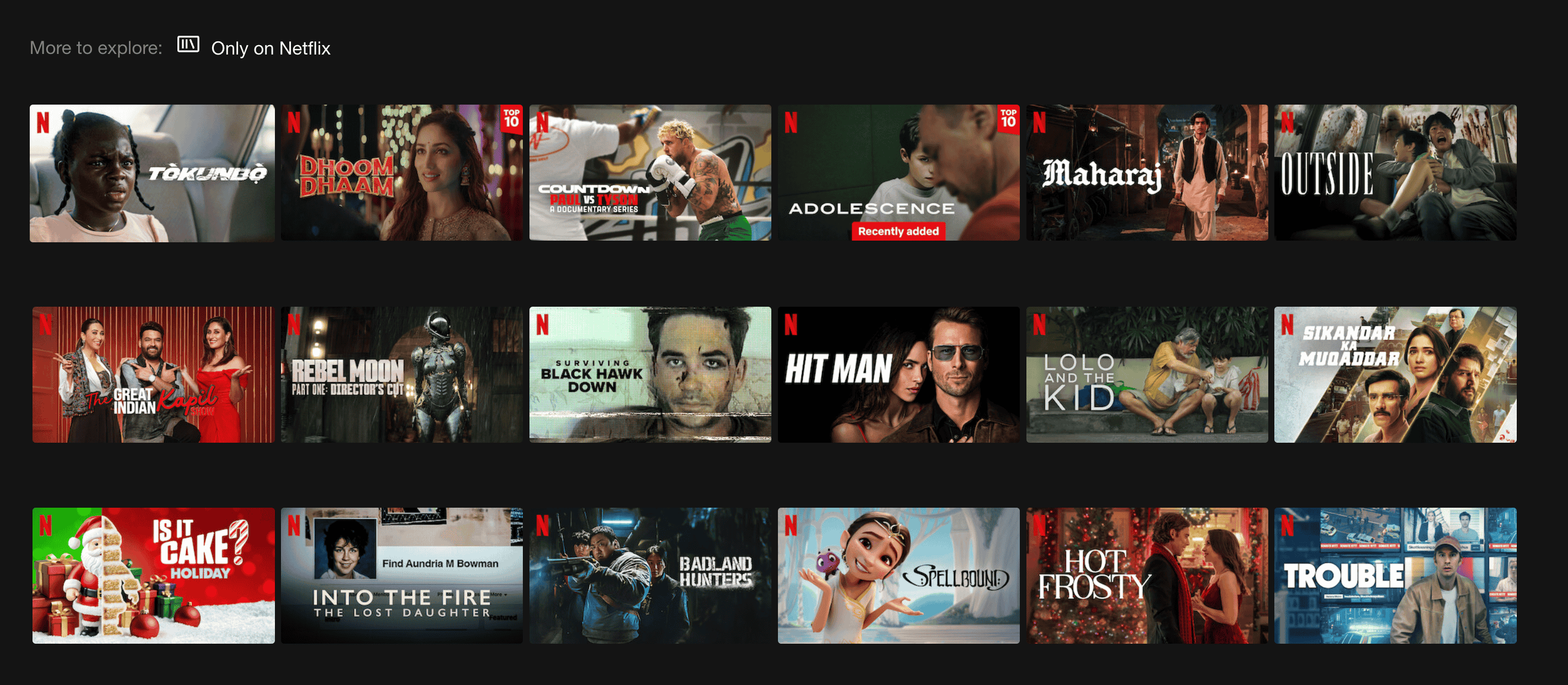
🎥 Netflix’s Exclusive Content Strategy
Netflix leverages FOMO by promoting exclusive and time-sensitive content, encouraging users to subscribe before missing out on the latest shows.
👉 How It Works:
Pre-release teasers to generate anticipation.
Time-sensitive alerts about expiring shows.
Personalized notifications to keep users engaged.
💡 Result: These tactics contribute to higher subscription renewals and consistent audience engagement.
🎓 MasterClass’s Limited Enrollment Periods
MasterClass, an online learning platform, uses limited enrollment periods to create a sense of urgency for users interested in joining.
👉 How It Works:
Exclusive courses are available for a limited time.
Early-bird pricing and bonuses incentivize immediate sign-ups.
💡 Result: The limited access model increases conversion rates by over 30%.
🛠️ How Poper Empowers Brands with FOMO Tools
Poper enables e-commerce and SaaS platforms to implement FOMO strategies seamlessly. By designing high-impact popups with countdown timers, exclusive alerts, and real-time notifications, Poper helps brands replicate the success of these case studies.
✅ FOMO Tools Powered by Poper:
Countdown Timers: To highlight limited-time offers.
Stock Alerts: To notify users of low inventory.
Exclusive Offers: To promote early-bird or VIP deals.
| FOMO Feature | Average Conversion Boost |
|---|---|
| Countdown Timers | 32% |
| Limited Stock Alerts | 28% |
| Exclusive Content Offers | 35% |
Ethical Considerations and Challenges
FOMO marketing can be a powerful tool, but it comes with ethical responsibilities. While creating urgency and scarcity can boost conversions, overly aggressive tactics can lead to stress, anxiety, and buyer’s remorse. Brands must strike a balance between driving sales and maintaining trust and transparency.
⚠️ 1. Potential Negative Impact of FOMO
😟 Increased Stress and Anxiety
When consumers are repeatedly exposed to time-sensitive offers, they may experience decision fatigue and anxiety. The constant fear of missing out can lead to impulsive purchases, which may not always meet their needs or expectations.
👉 Example:
Shoppers rushing to buy limited-stock items during flash sales often regret their purchases, contributing to a 30% higher return rate compared to regular purchases.
💸 Buyer’s Remorse and Dissatisfaction
Overuse of FOMO tactics can leave customers feeling manipulated or deceived, especially when urgency is artificially created. This results in buyer’s remorse, potentially damaging long-term brand loyalty.
💡 Pro Tip: Avoid misleading countdown timers or stock alerts. Use real data to maintain transparency.
🎯 2. Striking a Balance: Ethical and Transparent Marketing
✅ Authenticity in FOMO Campaigns
Ensure that your FOMO-driven campaigns are genuine and transparent. Misleading tactics may increase conversions in the short term but can harm brand reputation in the long run.
💡 Best Practice:
Use real-time data for stock alerts.
Avoid creating fake scarcity or urgency.
Clearly communicate terms and conditions of offers.
📣 Informed Decision-Making for Consumers
Give consumers enough information to make informed decisions rather than rushing them into impulsive buying. Highlight product benefits and include testimonials or reviews to build trust.
👉 Example:
Poper’s real-time notifications provide honest insights by showing genuine user activity or purchase trends, giving users the confidence to make informed decisions.
🛠️ How Poper Ensures Ethical FOMO Practices
Poper is designed to promote ethical FOMO practices by allowing brands to create:
✅ Transparent Popups: Real-time notifications showcasing actual purchase behavior.
✅ Honest Countdown Timers: Based on real expiration dates.
✅ Customizable Alerts: Allowing brands to personalize messages while maintaining authenticity.
| Ethical FOMO Feature | Impact on Customer Trust |
|---|---|
| Real-Time Stock Alerts | +28% Trust Improvement |
| Honest Countdown Timers | +24% Increased Engagement |
| Transparent Offer Details | +30% Customer Retention |
Measuring and Optimizing FOMO Campaigns
Tracking and optimizing FOMO campaigns is essential to ensure that they are delivering the desired results. Brands that rely on FOMO marketing need to monitor key metrics, analyze performance, and make data-driven adjustments to maximize conversions.
📊 1. Key Metrics to Track FOMO Effectiveness
🎯 Conversion Rate
Conversion rate is the primary indicator of how well your FOMO campaign is performing. It measures the percentage of visitors who take the desired action after encountering a FOMO-triggered popup or notification.
✅ Target Benchmark: A well-optimized FOMO popup can boost conversions by 22-30%, depending on the offer and urgency.
🛒 Cart Abandonment Rate
Tracking the cart abandonment rate helps identify whether FOMO tactics are effective or if they are creating unnecessary pressure, causing customers to leave without completing their purchases.
💡 Pro Tip:
If cart abandonment rates increase after launching a FOMO campaign, it may indicate that the urgency message is too aggressive or misleading.
⏳ Engagement and Dwell Time
Monitoring dwell time and engagement on pages with FOMO popups can provide insights into user behavior. Higher dwell time suggests that users are considering the offer, while a sharp drop-off may indicate disinterest or distrust.
| Metric | Ideal Range | Impact on FOMO Success |
|---|---|---|
| Conversion Rate | 22% - 30% | Strong FOMO effectiveness |
| Cart Abandonment Rate | Below 50% | Minimal buyer hesitation |
| Dwell Time on Offer Page | 2-3 minutes | High consideration |
📈 2. How Poper’s Analytics Can Improve FOMO Campaign Performance
Poper’s advanced analytics provides actionable insights that help marketers fine-tune their FOMO campaigns. By tracking real-time user behavior, Poper helps brands identify which popups resonate with users and which need improvement.
🔎 Real-Time Tracking and Insights
Poper enables brands to track:
Popup Interactions: See how users engage with popups.
Click-Through Rates (CTR): Understand which offers generate the most interest.
Conversion Paths: Identify the journey from popup to purchase.
🎯 A/B Testing for FOMO Popups
A/B testing different FOMO strategies allows brands to determine which variations drive higher conversions. Poper facilitates seamless A/B testing by comparing performance metrics for different popup designs, copy, and timing.
💡 Best Practice: Test variations of:
Urgency copy vs. scarcity copy.
Countdown timers vs. stock alerts.
Different CTA placements.
🚀 Personalized FOMO Campaigns for Better Results
Personalization enhances FOMO effectiveness by tailoring popups to individual user preferences. Poper supports advanced targeting features that allow brands to deliver relevant and time-sensitive messages to specific audience segments.
👉 Example:
A clothing e-commerce site can show limited-stock alerts for winter jackets only to users browsing cold-weather categories.
FAQs on FOMO and Purchases
What percentage of online purchases are influenced by FOMO?
Over 60% of Millennials and nearly 40% of consumers admit to making purchases due to FOMO. Limited-time offers and scarcity tactics significantly boost conversions.
How can marketers leverage FOMO without being unethical?
✅ Be Transparent: Avoid false urgency.
✅ Provide Real Value: Offer genuine benefits.
✅ Reduce Anxiety: Nudge users gently.💡 Use Poper’s popups to create ethical, high-impact FOMO campaigns.Can Poper improve the effectiveness of FOMO strategies?
Yes! Poper enhances FOMO strategies with:
🔹 Countdown Timers for urgency
🔹 Stock Alerts for scarcity
🔹 Real-Time Notifications for trust
🔹 A/B Testing for optimizationWhat are some examples of successful FOMO campaigns?
Amazon’s Lightning Deals – Time-limited offers.
Spotify Premium Offers – Discounted trials.
Airbnb’s Scarcity Alerts – Real-time booking notifications.5. How do FOMO popups improve conversion rates?
FOMO popups boost conversions by:
📈 Grabbing Attention
🚀 Driving Quick Decisions
🧠 Tapping into Psychological TriggersPoper’s FOMO popups and widgets can increase conversions by 20-30%.
Summary and Key Takeaways
FOMO (Fear of Missing Out) significantly influences consumer purchasing behavior, especially in the digital age where instant gratification and peer influence dominate decision-making. Marketers leveraging FOMO effectively can boost conversions, build trust, and create a sense of urgency that drives action.
🔥 Key Takeaways:
Over 60% of Millennials and a significant portion of Gen Z make purchases due to FOMO.
Social media and influencer culture amplify the effects of FOMO, leading to higher engagement and purchase rates.
Poper’s FOMO popups use real-time notifications, countdown timers, and stock alerts to optimize urgency and scarcity.
